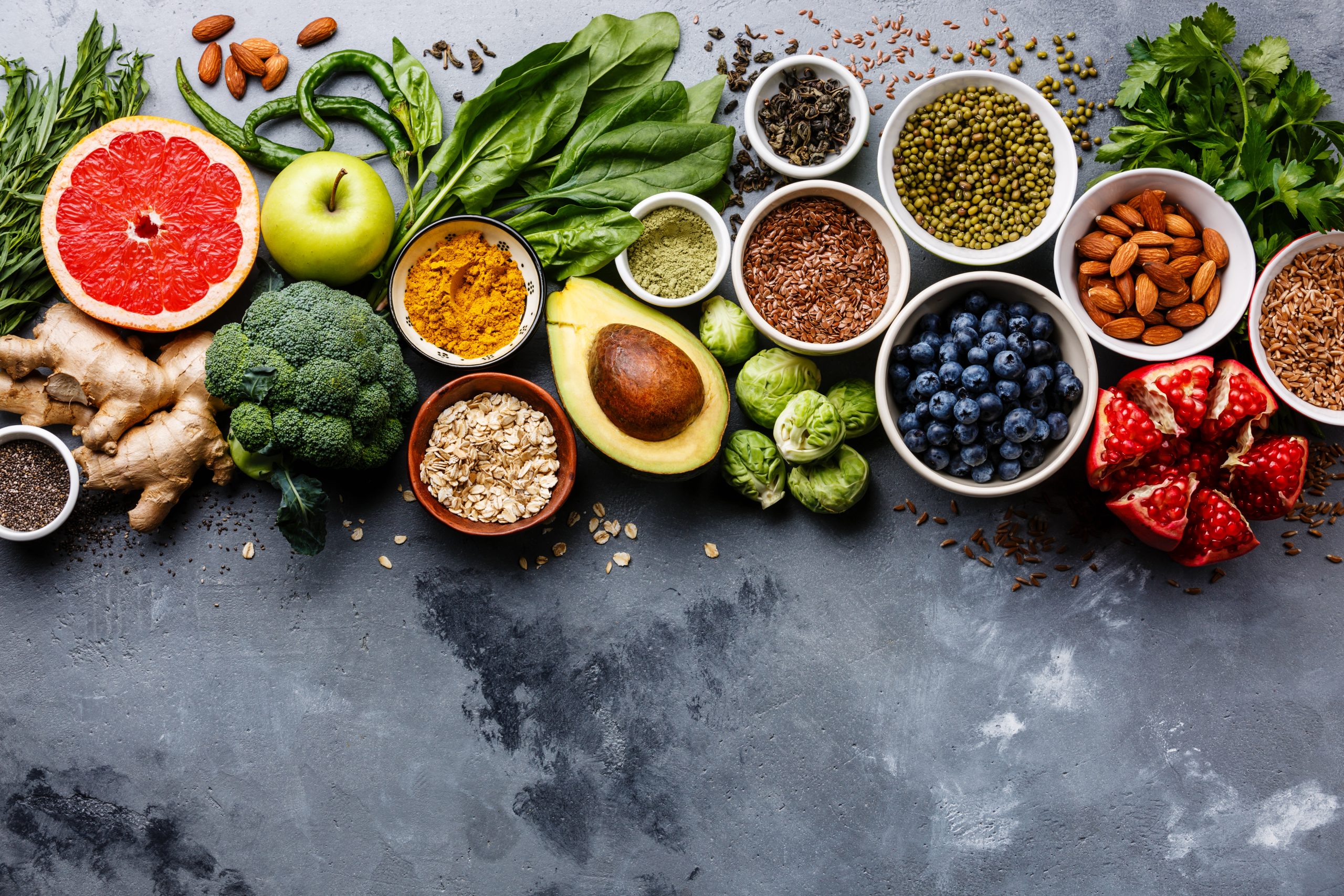
Nickel in food: European Commission intends to set limits
In March, the European Commission launched a public consultation in order to receive comments in relation to a proposal aimed at introducing maximum levels of nickel in foodstuffs; at present, nickel is not regulated by Regulation (EC) 1881/2006, now replaced by Regulation (EU) 915/2023, which comes into force on 25/05/2023.
As early as 2020, EFSA (the European Food Safety Authority) expressed concern about the presence of nickel in food and drinking water, with potential risks to public health.
The European Commission therefore recommended that Member States promote data collection on nickel levels in food, including food supplements.
Limits for nickel have already been set for cosmetics, but what are the consequences of an excessive nickel intake through the diet? Which foods are affected? And what measures have we at EPO decided to take for our extracts?
Nickel: what it is and where it is found
Nickel is a heavy metal that is quite ubiquitous in nature; similar in appearance to silver, it is used in many metal alloys, which is why it is found in many everyday objects, such as:
- Costume jewellery and accessories, such as glasses and belts etc.;
- Keys and coins;
- Detergents, soaps and cosmetics;
- Kitchen utensils, such as pots and pans and crockery.
For all those objects that come into direct contact with the skin, already Regulation (EC) 1907/2006 REACH (Annex XVII, point 27) has introduced restrictions to limit the release of the metal.
However, nickel can also be found in drinking water and, in minute quantities, in food, especially in chocolate, oilseeds, cereals, some vegetables (such as tomatoes, spinach, asparagus, brassica vegetables), some fresh and dried fruits, seaweed, crustaceans and seafood.
Nickel allergy and intolerance: what are the health risks?
Like all allergies, nickel allergy consists of an excessive immune response to this metal.
In predisposed individuals, nickel can in fact provoke a reaction, usually after prolonged or repeated exposure to objects containing it, characterised by contact dermatitis, but also systemic symptoms such as urticaria, eczema and itching.
For this reason, the current cosmetics regulation places nickel in Annex II, i.e. among the banned substances, but also introduces the apparently contradictory concept of 'technically unavoidable in good manufacturing practice'; therefore the presence of nickel traces can be tolerated if the cosmetic product has been assessed as safe as a whole. In Italy, the Istituto Superiore di Sanità has set a maximum threshold of 10 ppm for cosmetic formulations.
However, nickel is also a microelement used by our body as a cofactor for several enzymes involved in many metabolic pathways; for healthy adults, the daily intake should be 100 micrograms, generally achieved by the diet; excessive nickel intake can lead to skin rash, gastrointestinal problems, bloating, headache and dizziness, respiratory problems and chest pains.
Measures taken by EPO
Following the attention paid by the European Commission to possible levels of nickel contamination in food, EPO immediately started a data collection, which will continue for the three-year period 2024-2026.
This data gathering is useful to obtain information on possible critical issues and establish a subsequent control plan, with a view to meeting any future regulatory requirements. Although botanicals are not explicitly mentioned in the European Commission's proposal, the maximum limit considered will be 1 ppm.
In conclusion, in view of the future restrictions proposed by the European Commission, EPO is already taking measures to ensure the safety of its products and will carry out a three-year monitoring of the botanical raw materials considered to be at the highest risk of environmental contamination.
As always, we are available to support our customers if they have any doubts or need more information on the new proposal (qualityassurance@eposrl.com).